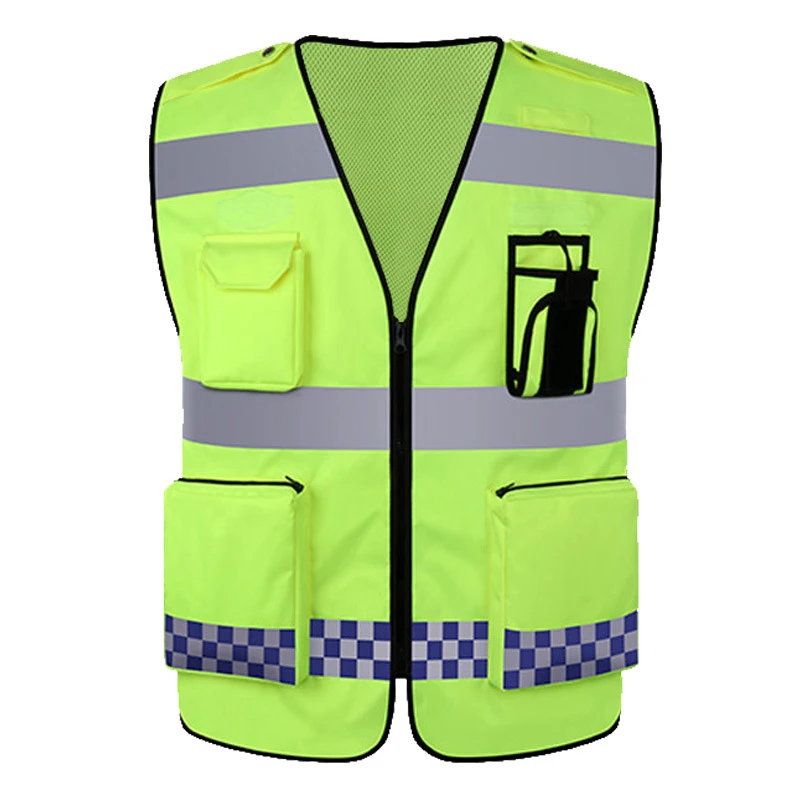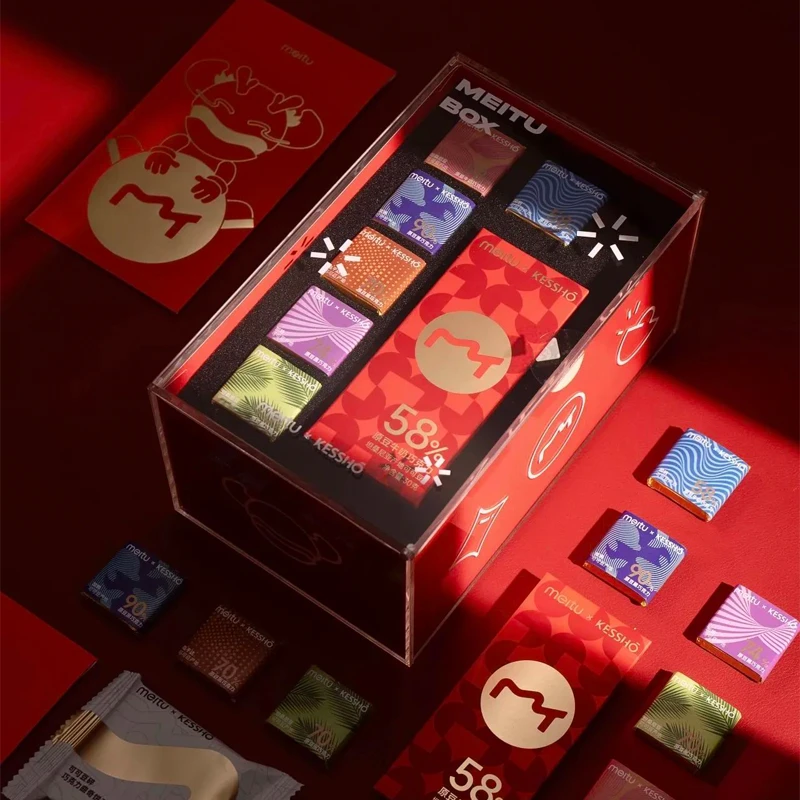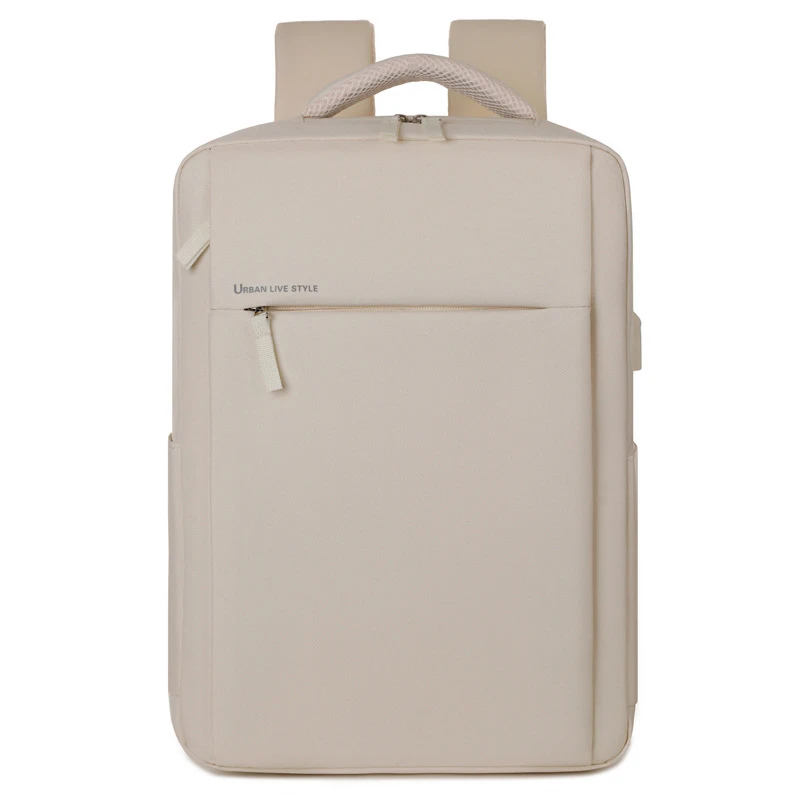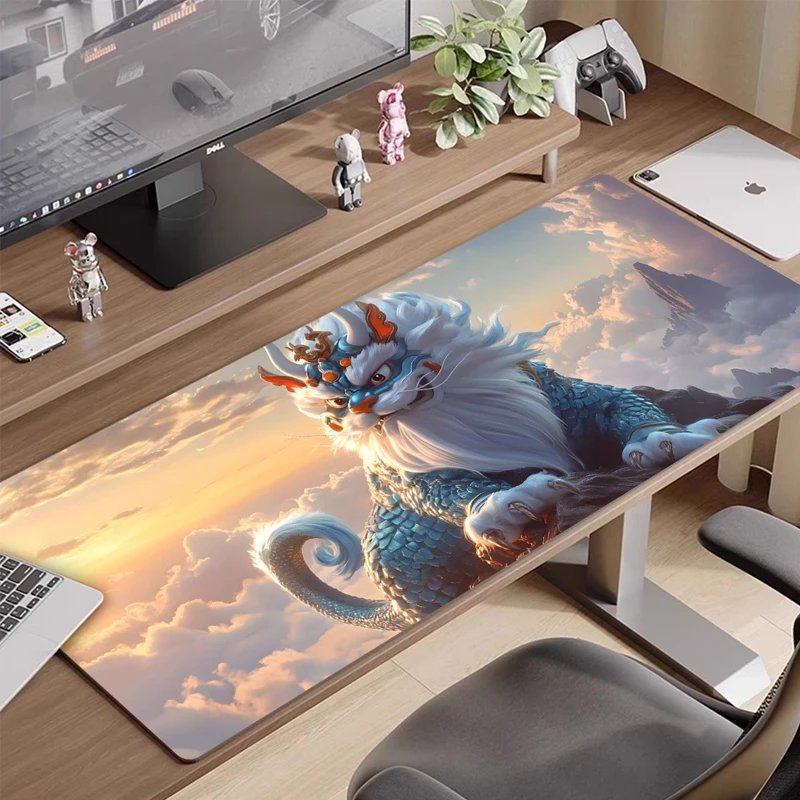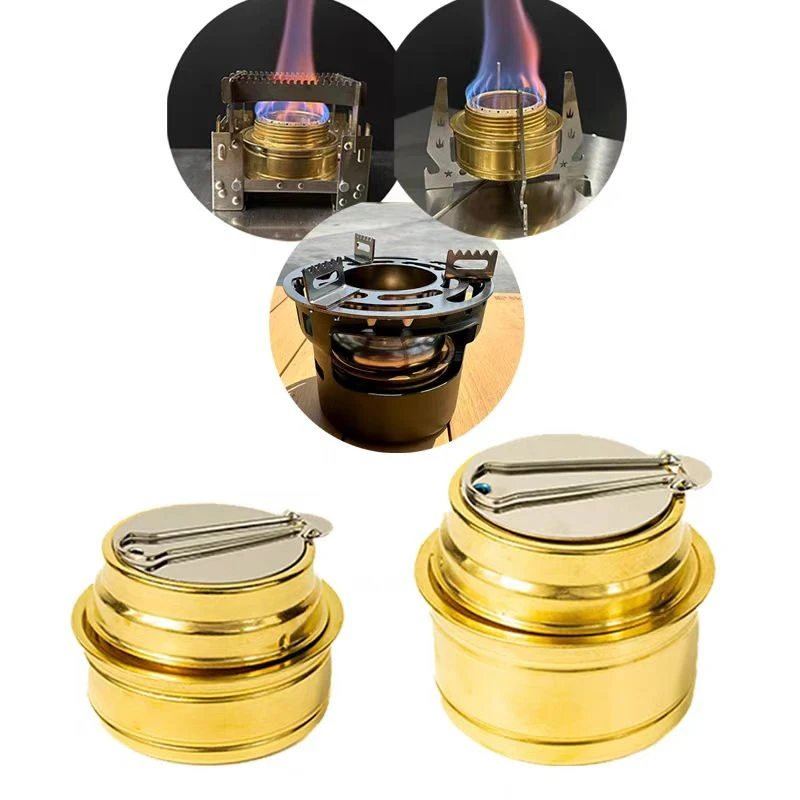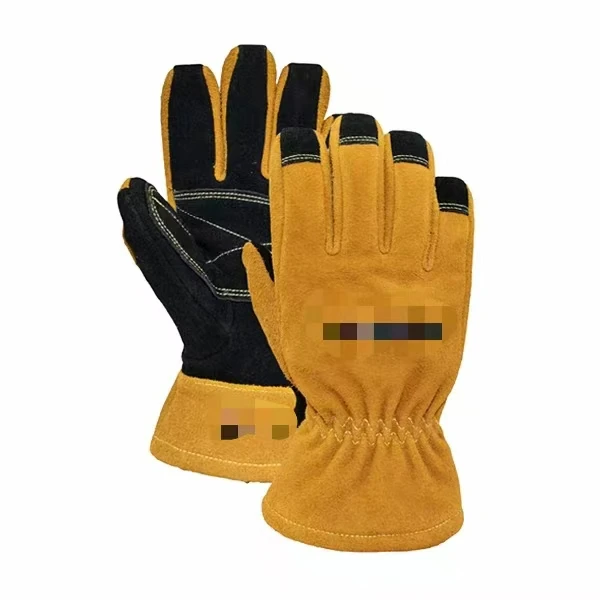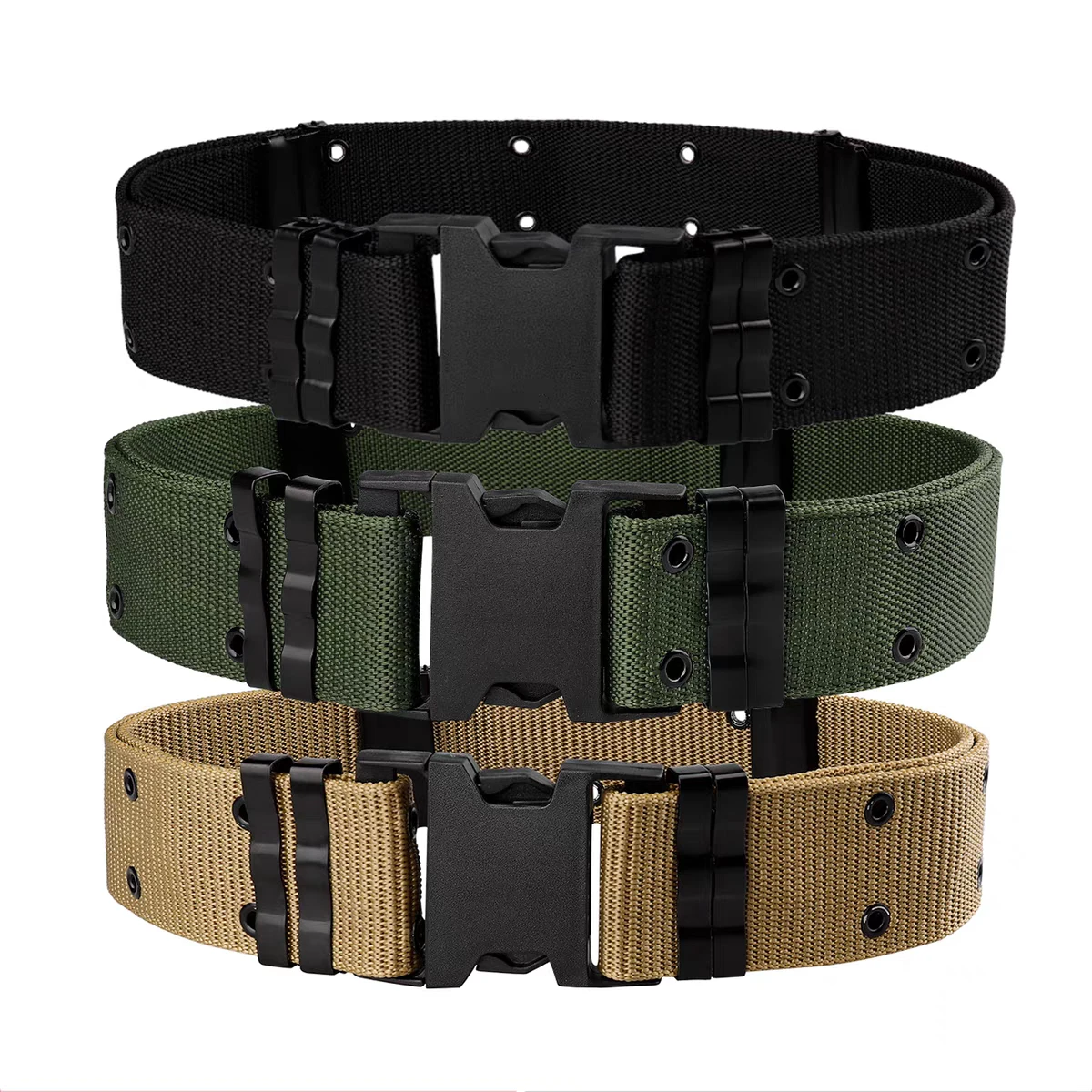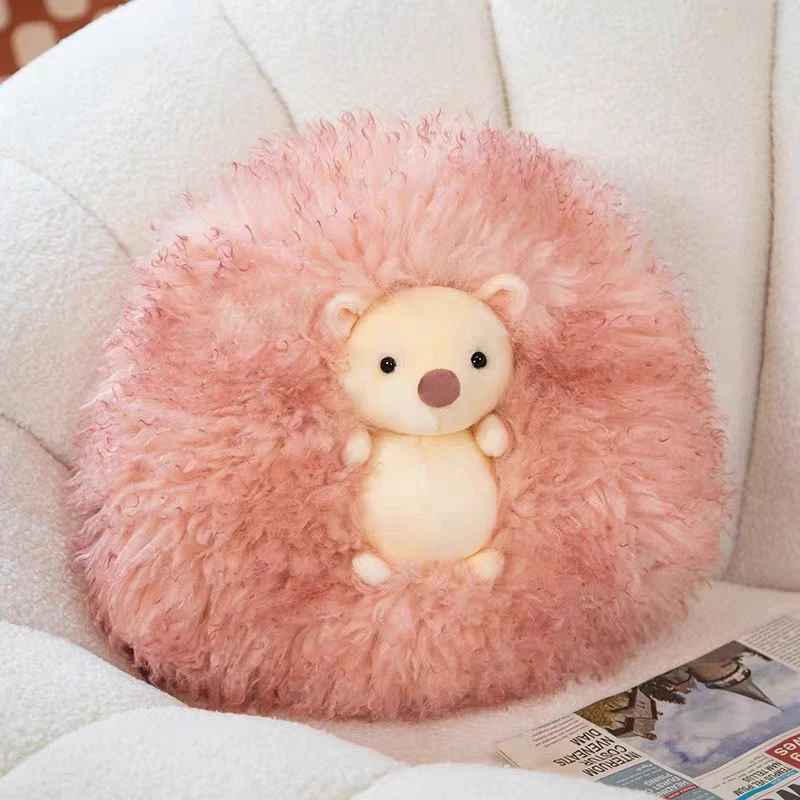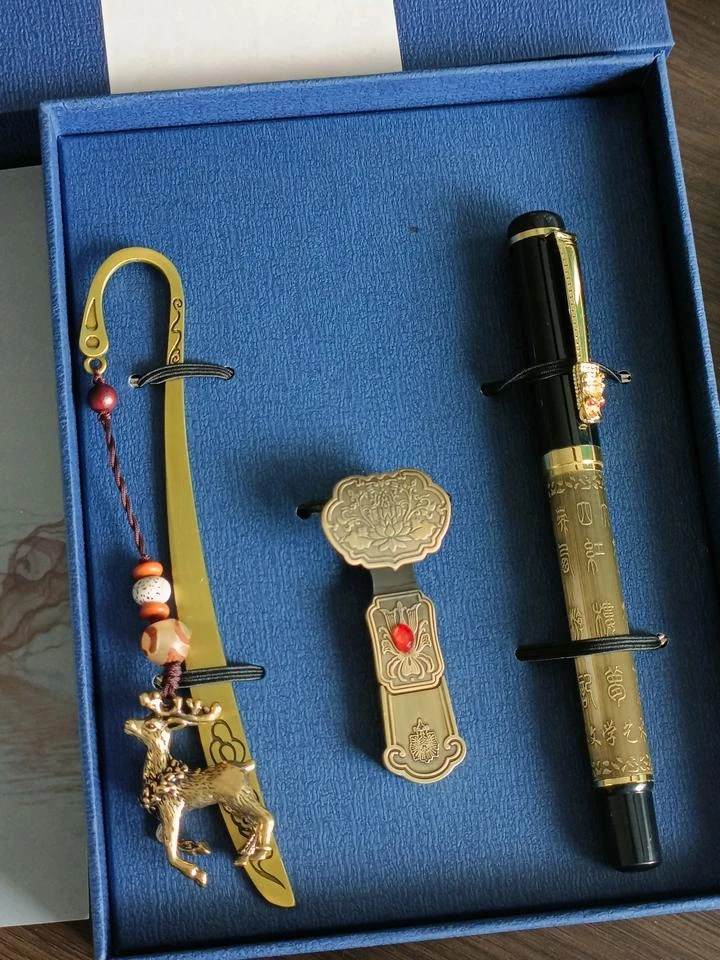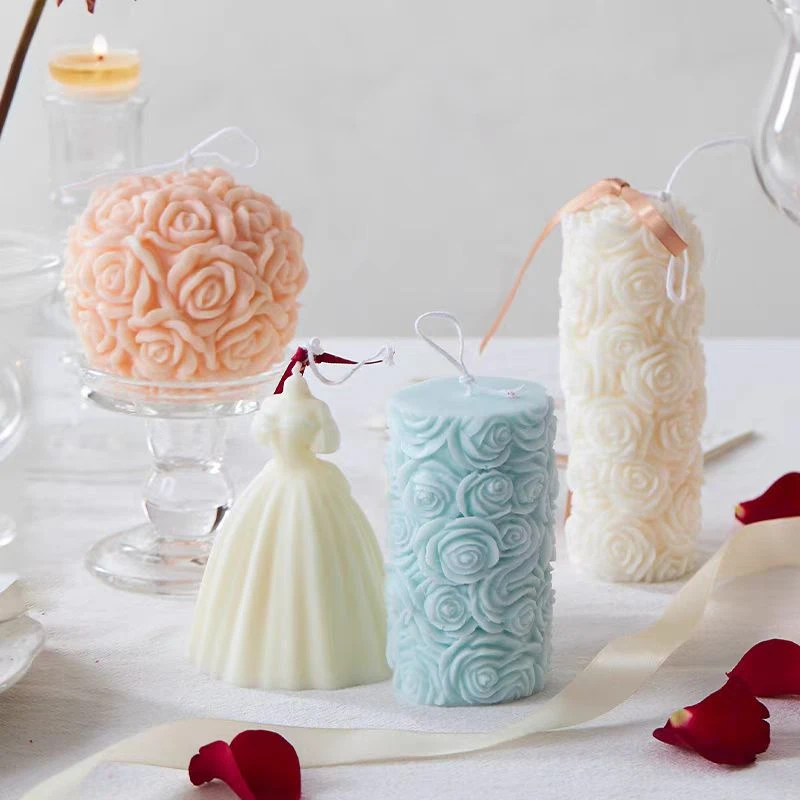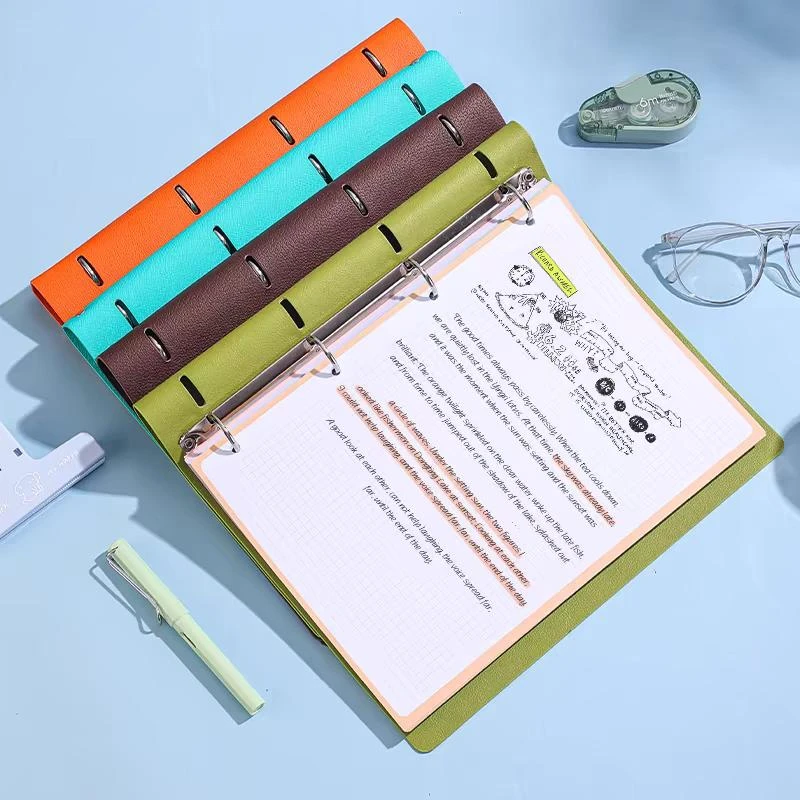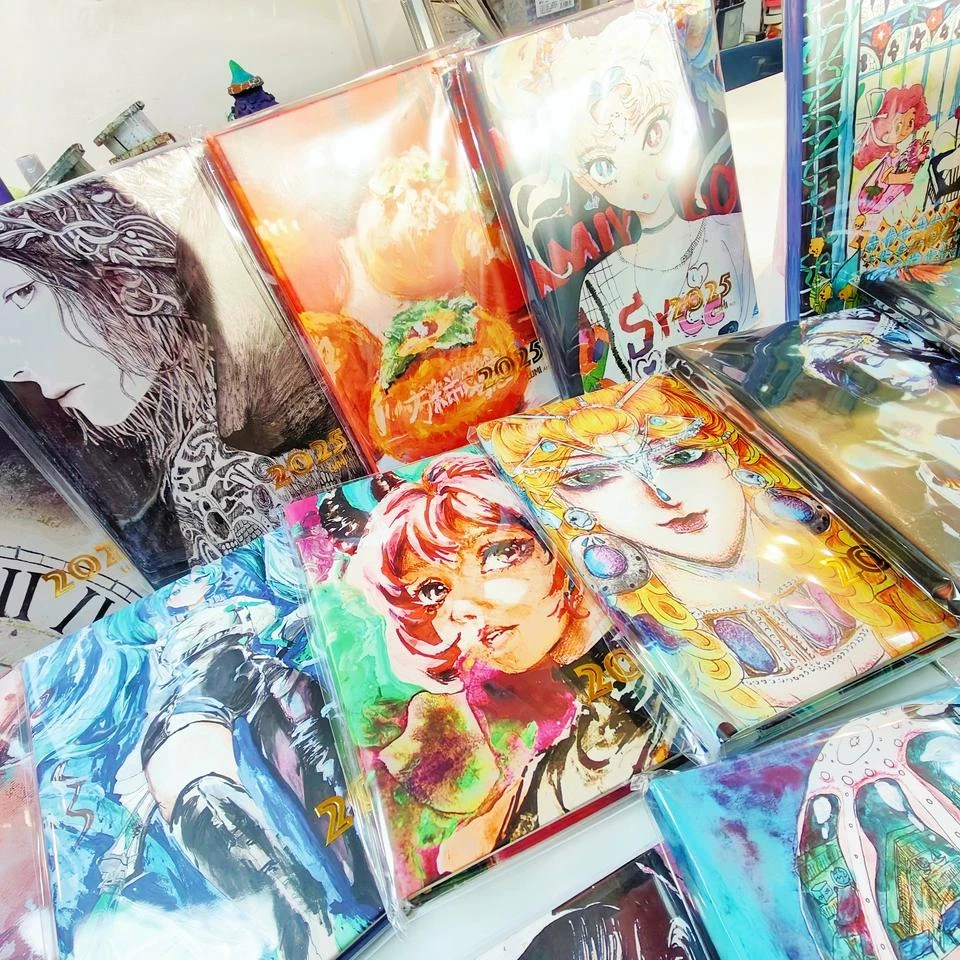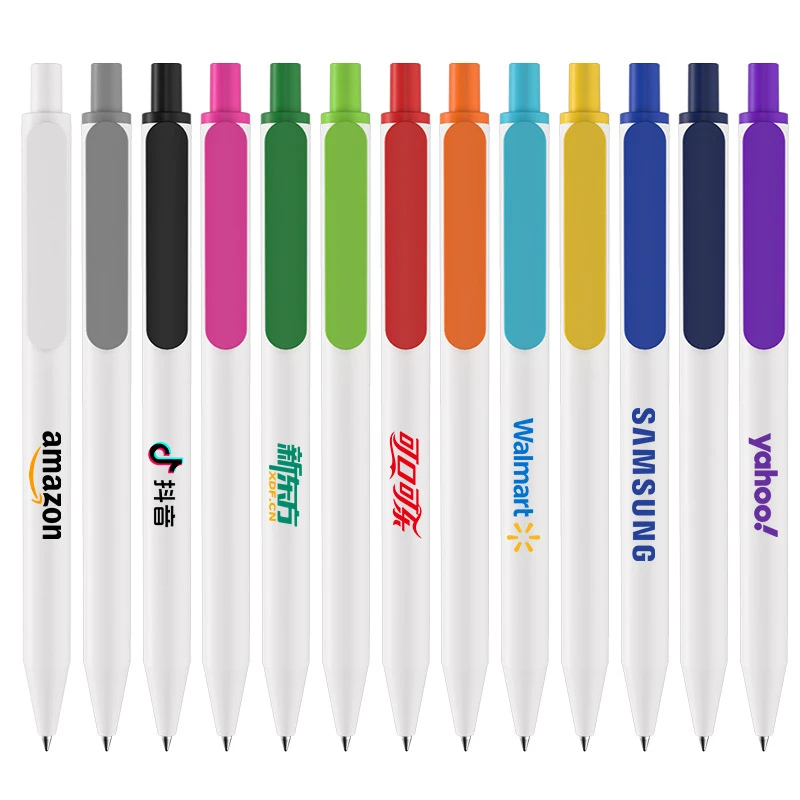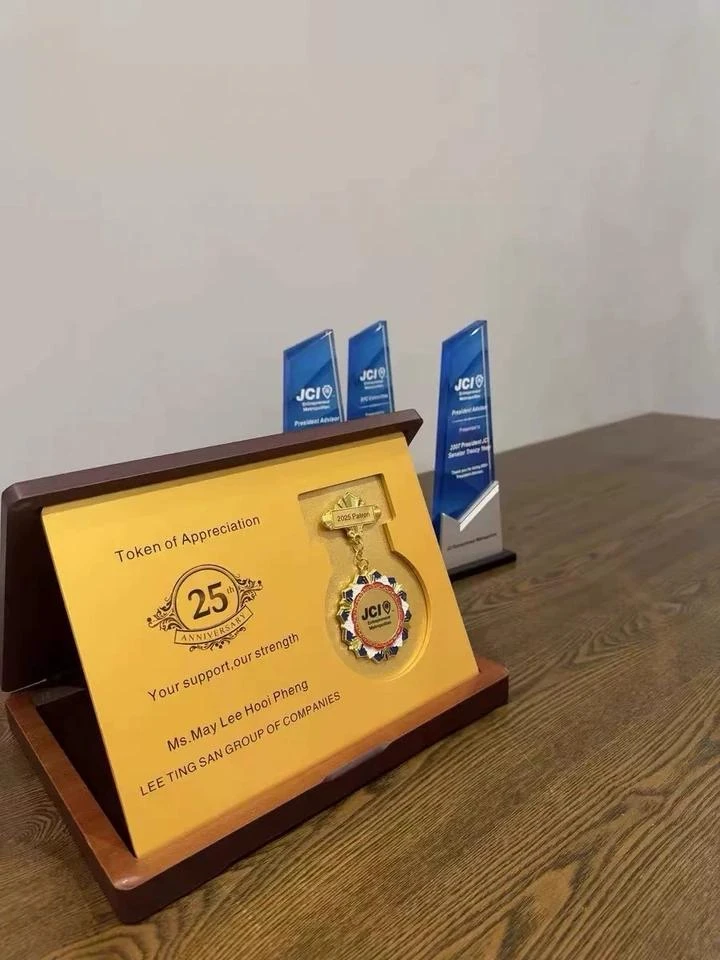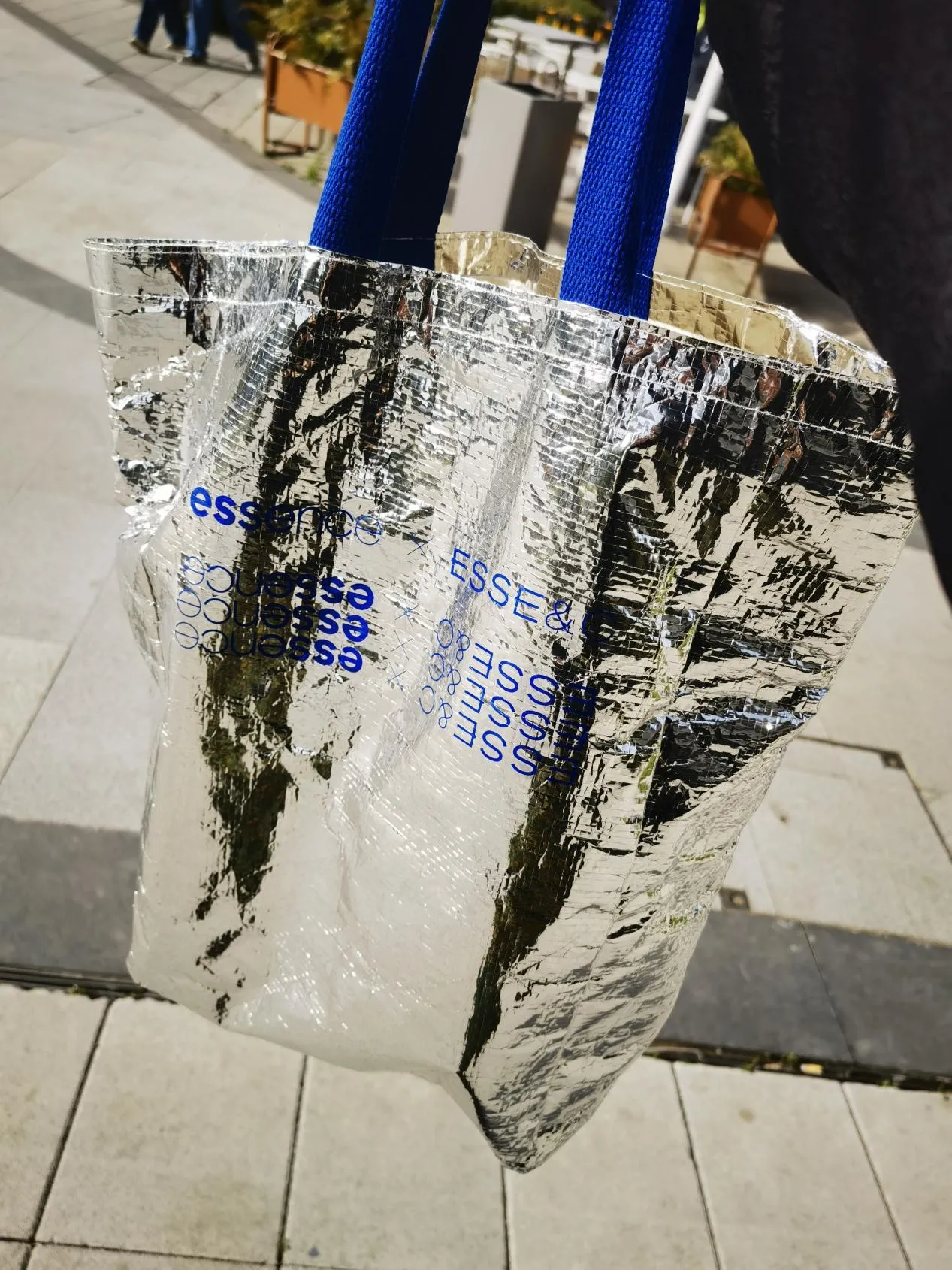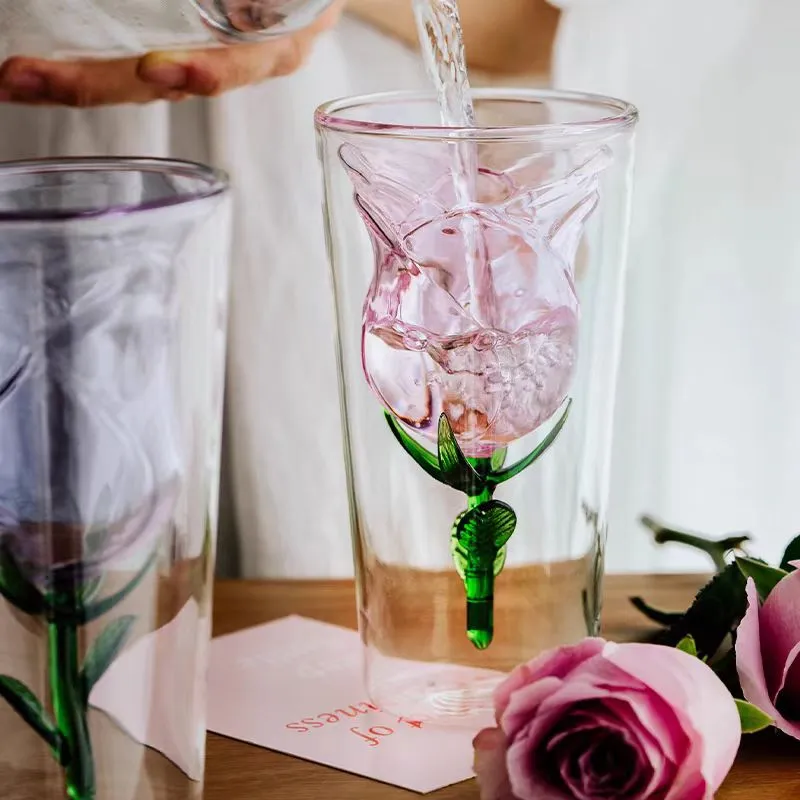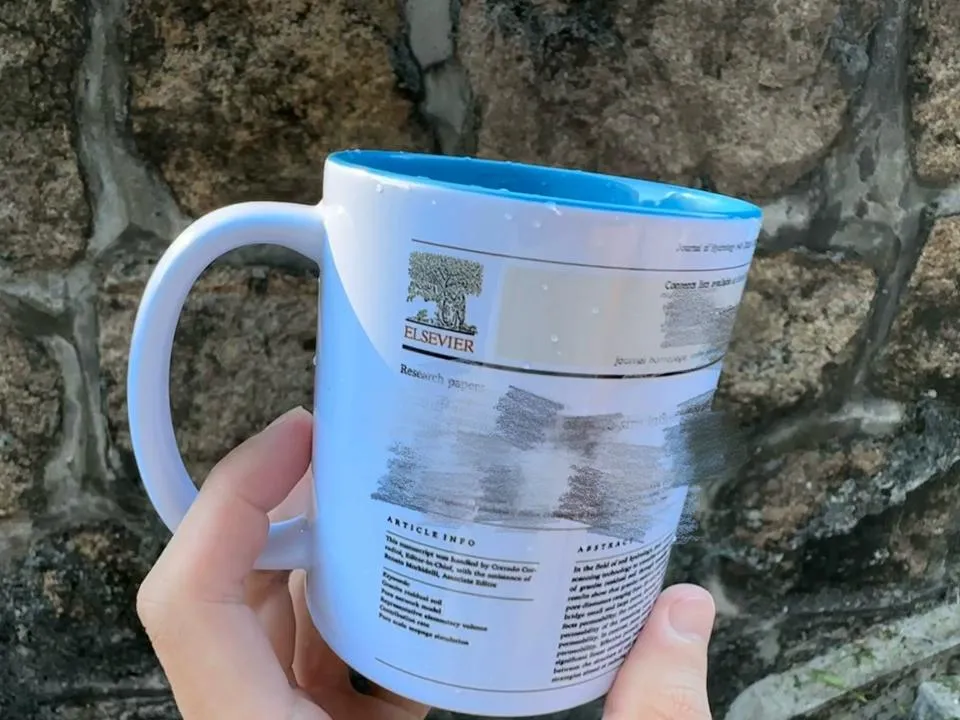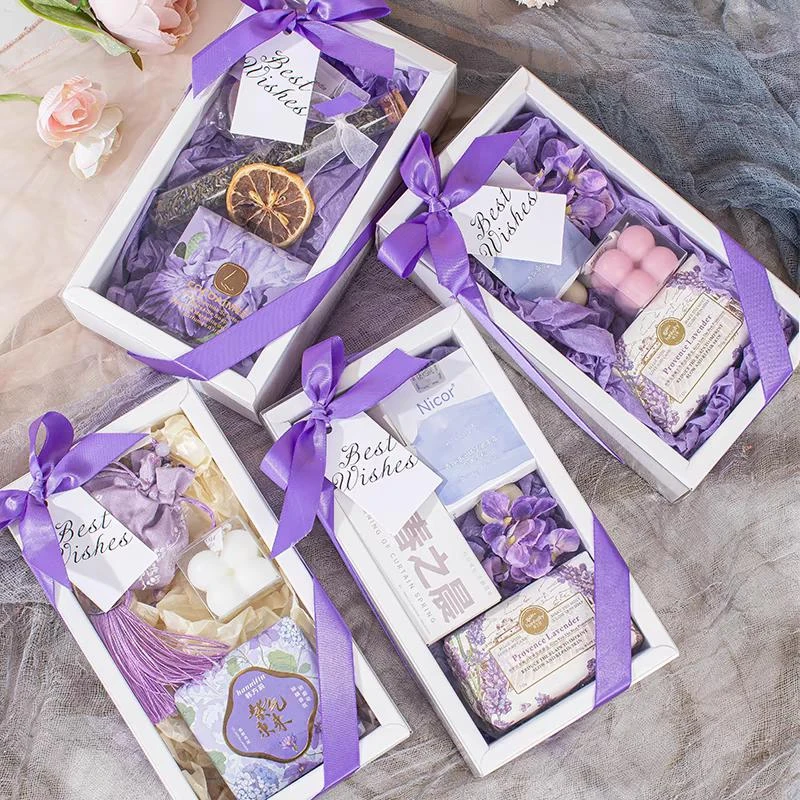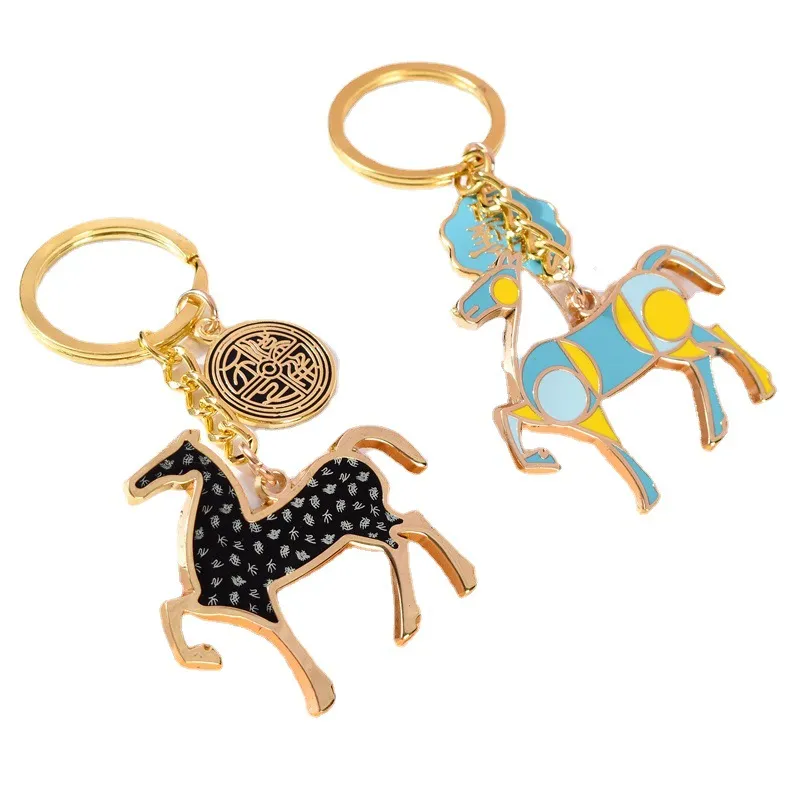Jan. 29,2025
how to create a stuffed animal
Creating a stuffed animal can be both an enchanting hobby and a rewarding commercial venture. Here’s a comprehensive guide designed to equip you with experience-driven insights and demonstration of expertise to transform textile into tactile emotion.
Stuffing is the phase where your creation comes to life. Polyester fiberfill offers hypoallergenic properties and resilience. Experts recommend stuffing in small amounts at a time, focusing on even distribution to avoid lumps, preserving the final product’s aesthetic allure. Adding eyes and facial features imparts character to your stuffed animal. Safety eyes are preferable for their secure attachment, while embroidery can provide a personalized and artisanal touch. It is imperative to adapt these features to align with child safety standards – enhancing the product's trustworthiness and appeal to a conscientious clientele. For those considering commercialization, keen expertise in market analysis can guide your pricing strategy, positioning, and promotional efforts. There are opportunities in niche markets; eco-friendly products, for instance, or themed collections tied to pop culture, can distinguish your creations in a saturated marketplace. Establish an online presence through quality imagery and storytelling, employed across platforms such as Etsy, Amazon Handmade, or your e-commerce site. Continuous improvement is the hallmark of an authoritative brand. Feedback loops from customers, observing industry trends, and experimental iteration propels mastery over time. Aspiring to align with associations promoting handmade goods not only fosters community support but serves as third-party validation that bolsters your brand’s trust capacity. In crafting stuffed animals, the journey from conception to finished product is a multi-faceted endeavor. By intermingling creativity with structured professionalism, you elevate not just the product, but a brand that resonates authenticity and compelling authority in the world of crafts.


Stuffing is the phase where your creation comes to life. Polyester fiberfill offers hypoallergenic properties and resilience. Experts recommend stuffing in small amounts at a time, focusing on even distribution to avoid lumps, preserving the final product’s aesthetic allure. Adding eyes and facial features imparts character to your stuffed animal. Safety eyes are preferable for their secure attachment, while embroidery can provide a personalized and artisanal touch. It is imperative to adapt these features to align with child safety standards – enhancing the product's trustworthiness and appeal to a conscientious clientele. For those considering commercialization, keen expertise in market analysis can guide your pricing strategy, positioning, and promotional efforts. There are opportunities in niche markets; eco-friendly products, for instance, or themed collections tied to pop culture, can distinguish your creations in a saturated marketplace. Establish an online presence through quality imagery and storytelling, employed across platforms such as Etsy, Amazon Handmade, or your e-commerce site. Continuous improvement is the hallmark of an authoritative brand. Feedback loops from customers, observing industry trends, and experimental iteration propels mastery over time. Aspiring to align with associations promoting handmade goods not only fosters community support but serves as third-party validation that bolsters your brand’s trust capacity. In crafting stuffed animals, the journey from conception to finished product is a multi-faceted endeavor. By intermingling creativity with structured professionalism, you elevate not just the product, but a brand that resonates authenticity and compelling authority in the world of crafts.








